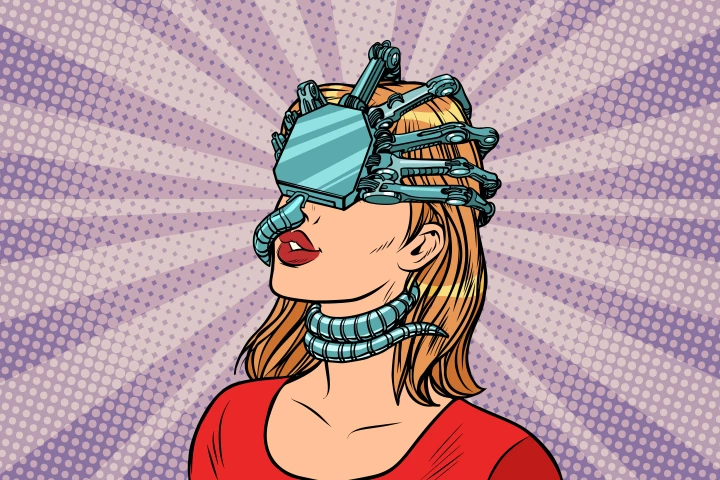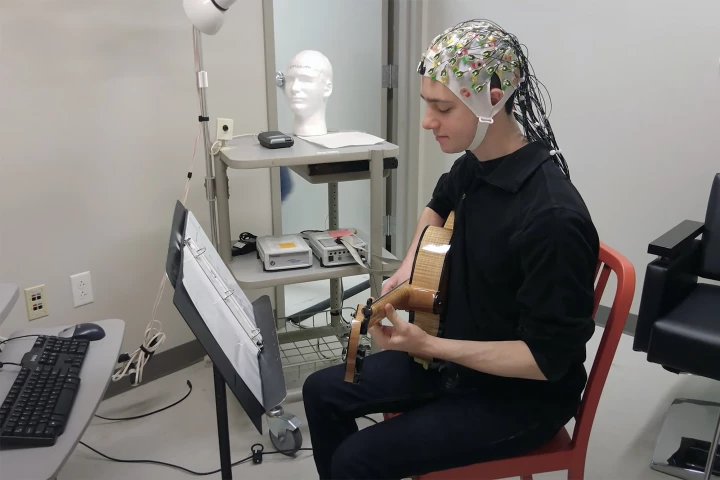Creative
-
Using Google might spark your creativity, or it might stifle it, but this depends on the circumstances, according to a new study. We know the internet isn’t going anywhere, but we may need to hold on to our humanity to use technology more effectively.
-
How are you using new AI technology? Surely you're only deploying things like ChatGPT to summarize long texts or draft up mindless emails. But what are you losing by taking these shortcuts? And is this tech taking away our ability to think?
-
A clever team out to "turn unconventional ideas into practical and unique products" has crafted a lightweight, slimline notebook that lets you write, erase and write again, bridging the gap between traditional paper pads and digital note-taking apps.
-
Whether you're Lego-curious or a devotee of the church of the colored brick, this world-first app lets you capture your surroundings in unique model form like never before. And it does all the hard work, leaving you with the fun part – the build.
-
Generative AI systems need to be fed huge amounts of often copyrighted data. Musicians could soon fight back with HarmonyCloak, a system that embeds data into songs that can’t be picked up by human ears but will scramble AI trying to reproduce it.
-
Analyzing the brain waves of improvising jazz musicians, researchers now understand how the brain achieves a creative flow state. The findings have practical implications for anyone wanting to get ‘in the zone’ to generate creative ideas.
-
Back in April, xMEMS Labs revealed solid-state technology aimed at replacing coil-based speakers in audio wearables like in-ear monitors. Now the company has partnered with Creative Technology for an upcoming pair of true-wireless earphones.
-
Just over 10 years ago, WobbleWorks took sketching into a new dimension when it launched a Kickstarter for its 3Doodler 3D-printing pen. Now the company is hoping to do the same for the world of baking with the ChefDoodler.
-
A new study published in Nature has homed in on how videoconferencing technologies affect the quality of creative collaborations. The results indicate virtual tools may not be as effective in generating new and unique ideas as in-person interactions.
-
For its fourth Kickstarter, Miops has created a hot-shoe attachment called the Flex that's designed to help photographers "capture stunning timelapse videos, HDR photos, high-speed actions, extraordinary lightning strikes and more."
-
A new study out of Northwestern University has found the old advice of solving a problem by "sleeping on it" is not only true, but can be improved by using sound cues to manipulate our brain while we sleep.
-
Research has revealed a dose of psilocybin can result in improvements to a person's creative thinking abilities, lasting up to 7 days past the initial use. The study suggests a possible "window of opportunity" in the days following a dose could be effectively used for therapeutic interventions.
Load More











